What is the value of a Goodreads.com book Giveaway? 93% of entrants had never heard of me. 88% plan on reading my books.
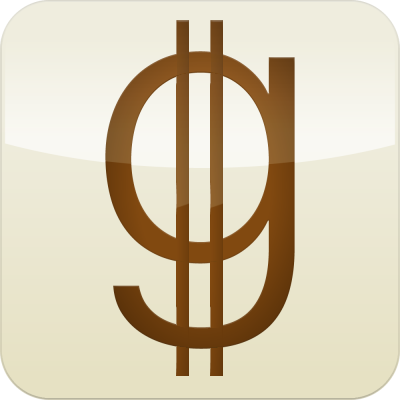
Does giving away your books lead to more readers, and in turn, more fans?
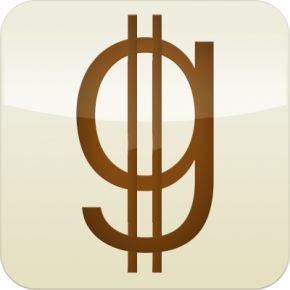 I’ve long read of the marketing effectiveness of giving away books using the Giveaways option at Goodreads.com. And though I’ve conducted one giveaway in the past (for Stranger Will) I’ve not yet been able to confidently attribute any gains in readership or sales due to that giveaway. With this attribution gap in mind, I set out to conduct a giveaway for As a Machine and Parts, that would allow me to more precisely measure the value of a Goodreads.com user. My conclusion: a Goodreads.com user stands a great chance of becoming a reader.
I’ve long read of the marketing effectiveness of giving away books using the Giveaways option at Goodreads.com. And though I’ve conducted one giveaway in the past (for Stranger Will) I’ve not yet been able to confidently attribute any gains in readership or sales due to that giveaway. With this attribution gap in mind, I set out to conduct a giveaway for As a Machine and Parts, that would allow me to more precisely measure the value of a Goodreads.com user. My conclusion: a Goodreads.com user stands a great chance of becoming a reader.
The setup
I listed a 2 copy giveaway for As a Machine and Parts to take place between 2/3/2012 and 2/15/2012. During this time the giveaway received a total of 398 entries. After the giveaway was closed for entries, I followed up with all but 46 entrants (because I either knew them personally, which could skew the results, or the user was not accepting personal messages) with a survey of 8 simple yes/no questions that touch on topics such as prior recognition, intent to read/buy my books, intent to connect on social networks, and the desire to connect with me, as an author, in real life. The actual questions asked in the survey include:
- Had you heard of author Caleb J. Ross before this Goodreads.com giveaway?
- Had you heard of the book As a Machine and Parts before this Goodreads.com giveaway?
- Do you intend to purchase As a Machine and Parts in the future?
- Do you intend to read As a Machine and Parts in the future?
- Do you intend to read any other books by author Caleb J. Ross?
- Do you plan to connect with author Caleb J. Ross on social networks such as Twitter, Facebook, and Google+?
- If Caleb J. Ross were to visit your city/town for a reading, would you consider attending?
- Would you like to subscribe to the Caleb J. Ross newsletter?
The results of my Goodreads.com giveaway
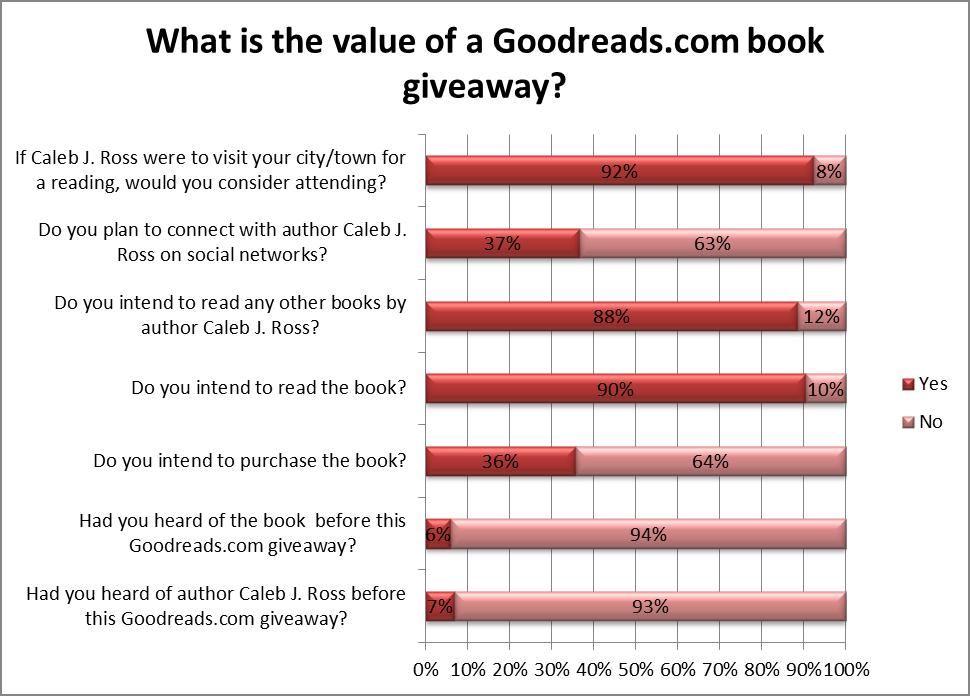
- 93% of non-winning entrants had never heard of me before this contest. Translation: I’m speaking to an audience who might not otherwise have heard me.
- 94% of non-winning entrants had never heard of As a Machine and Parts before the contest.
- 36% of non-winning entrants said they planned on purchasing the book, even though they didn’t win. This is a strange percentage when compared to the 90% of people who intend to read the book. I suppose most readers will look to their library for this book?
- 88% of non-winning entrants intend to read other books by me. This is an incredibly huge number, especially when compared to the 94% of entrants who had never even heard of me.
- 37% of non-winning respondents plan to connect with me on social networks
- 92% of non-winning respondents would come to a reading event if I were to visit their town.
- 51% of non-winning respondents signed up for my Email is Dead email newsletter. Though I’m convinced that an email newsletter can offer what RSS feeds and social statuses don’t offer more effectively, I do believe that newsletters play a role in summarizing valuable content (which was affirmed with an earlier Facebook poll conducted on this very topic).
- 38% of non-winning respondents added As a Machine and Parts to one of their Goodreads.com bookshelves
- 25% of non-winning respondents downloaded Charactered Pieces
- 25% of non-winning respondents downloaded Murmurs: Gathered Stories Vol. One downloaded
Additional Goodreads.com giveaway results not included in the chart above
- 51% of non-winning respondents signed up for my Email is Dead email newsletter. Though I’m convinced that an email newsletter can offer what RSS feeds and social statuses don’t offer more effectively, I do believe that newsletters play a role in summarizing valuable content (which was affirmed with an earlier Facebook poll conducted on this very topic).
- 38% of non-winning respondents added As a Machine and Parts to one of their Goodreads.com bookshelves
How many people actually downloaded the free ebooks?
These percentages are interesting because it means that 75% of people who filled out the survey did not download either of the free ebooks. Either people love filling out surveys or they’ve simply forgotten to download the books.
- 4% of non-winning respondents added Charactered Pieces (one of the free ebooks given away to survey respondents) to one of their Goodreads.com bookshelves
- 1% of non-winning respondents added Murmurs: Gathered Stories Vol. One (one of the free ebooks given away to survey respondents) to one of their Goodreads.com bookshelves
These percentages, when compared to the download percentages above, are interesting as they may elude to a few possibilities: 1) Goodreads.com users may be averse to adding ebooks to reading lists, 2) Goodreads.com users may not always add a book to their lists as soon as they receive the book; perhaps they wait until they actually begin reading it, 3) something else entirely. This seems too big of a discrepancy to ignore, so if anyone has any thoughts, please let me know.
Why do I think my survey was effective? OR Here Come the Caveats.
The response-rate for the survey was an amazing 29%. The industry open-rate for Art/Artist newsletters is 17.54% [1]According to Mailchimp. This isn’t exactly a parallel comparison, as open-rate is not the same as response-rate, but it’s a close enough comparison to provide some valuable insight. The response rate is also likely inflated because of the following factors:
- The entrants were already “in the sales funnel” in that they had already reached out with an interest in my book. In other words, I’m not blindly sending the survey to readers. I’m instead sending the survey to interested readers.
- I allowed only yes/no answers, leaving out “uncertain” responses. In hindsight, I probably should have provided an “uncertain” response (and perhaps a comments section for each answer).
- It’s possible that users may have only considered certain actions because the survey included them (connecting on social networks, for example). Would the respondents have connected with me on social networks had they not been introduced to the idea by way of the survey itself? Possibly not.
- I promised free ebook downloads to all respondents. Obviously, free books must have a lot to do with the high response rate.
- My communication was very sales averse. I approached giveaway entrants with respect. Truthfully, I am a naturally respectful guy, so I just spoke the way I would normally speak.
- The survey was incredibly simple. 12 questions with 9 of them being yes/no questions.
What are your thoughts? Have you conducted a similar survey? What did your results indicate?
Footnotes
| ↑1 | According to Mailchimp |
|---|

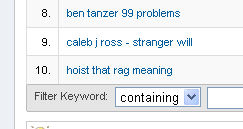
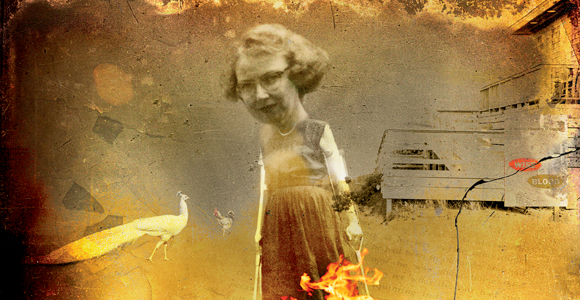
Caleb,
Just an opening little question–totally out of general curiosity (promise to bug you in more detail, another time). Why do you report your results as percentages? I notice a lot of folks, lately, report numbers in Percentages or Rankings about their books. Why do you not just use “hard numbers” so-to-speak, like (making up the numbers, not a misreading of your results) 71 people responded, 12 of them downloaded, 8 of them said they’d come to a reading etc etc. I’m really just curious, so don’t take the question as biting–I see it so often I’m starting to think my thinking might be odd in some way–another example is I see a lot of people saying “I’m number 84 on X or Y Amazon chart out of Millions!” Instead of “In the last day, 88 people downloaded/bought my book!” or some such thing.
Because of scale. The implication is that should I have received 800 responses to the giveaway, I would have had twice as many respondents, twice as many everything. If I were looking at these numbers for my own records, I would have used hard numbers, but my hope is that other people will see the potential benefit of a Goodreads giveaway, in which case the percentages are helpful.
To avoid hiding behind the numbers, I did mention the total number of respondents in the post, so if someone wanted to apply the percentages to that number to get the hard number, they can.
I agree that the Amazon example you gave is annoying. However, I don’t see it as parallel to the data in this blog post (and nor am I assuming you thought it parallel).
In this case, the percentages are actually quite close to the actual numbers, coincidentally. I had about 105 respondents, which is close enough to 100 that the percentages reflect accurate numbers pretty closely.
Sorry for the terseness in the above comment. I was way too tired to be verbose. Maybe I’m losing sleep being excited about AWP.
Didn’t seem terse. Or maybe I just never assume people are being terse with me, haha. I’ll comments some of my various GR experience and analysis, soon. Though I also do have to finish this interview with you, haha. Sigh. The paper is eager to run it.
More soon.
Excellent. I’ve been using goodreads giveaways all year–even if all I gain is the visual impact of connecting a potential reader with my cover, it’s SO valuable. I often get 2000+ entries for 3 books. Cheap, cheap advertising.
[…] of his experiment in a 12-day, two-copy giveaway at Goodreads, and has it documented for you in What is the value of a Goodreads.com book giveaway? The response-rate for the survey was an amazing 29%. The industry open-rate for Art/Artist […]
[…] for the survey was an amazing 29%. The industry open-rate for Art/Artist newsletters is 17.54% [1]. This isn’t exactly a parallel comparison, as open-rate is not the same as response-rate, but […]
I also did not see your reply as terse, just to the point, which is always refreshing.
This is helpful for me. I’m considering doing a Goodreads giveaway and your experience helps me decide.
Thanks!
[…] and mapping the effect of X to Y and…let me pause to catch my breath a bit. I am fresh off a really successful Goodreads.com user study thing, so I’m itching to get back to the […]
[…] few weeks ago I conducted a pretty in-depth study regarding the effectiveness of a Goodreads.com book giveaway in which I found that 93% of entrants had never heard of me and 88% planned on reading my books. […]